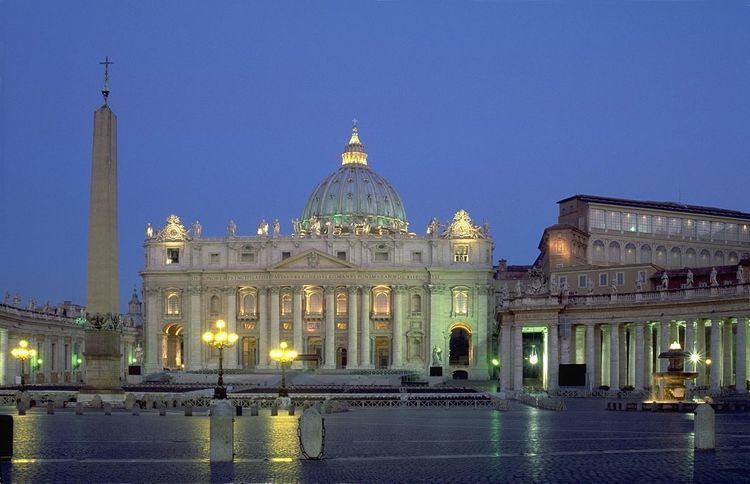 | ||
The Catholic Church is organized in a worldwide hierarchy under the Pope, the Bishop of Rome (Holy See) based in Vatican City.
The Catholic Church is organized into local hierarchies within each nation, or group of smaller nations. National Conferences of bishops co-ordinate local policy within each nation.
Alongside the Latin Church, there are 23 sui juris Ritual Churches, each lead by either a Patriarch or a Major Archbishop, in full communion with the Holy See. Historically, these bodies separated from the Orthodox Communion or various ancient oriental churches, either to remain in or to return to full communion of the Catholic Church. The term sui juris literally means "by its own law" -- these bodies retain the canonical and liturgical traditions of the bodies from which they came. Particular law typically provides for the synods of the larger sui juris ritual churches to elect their own bishops, including their patriarch or major archbishop, subject only to papal "assent" (formal recognition), which is very rarely withheld. The pope appoints bishops for the smaller sui juris ritual churches, which have too few bishops to form a synod.
Four Latin Church archbishops are also called Patriarchs, this is only titular but gives them precedence in papal processions, in the case of the Patriarch of Venice, he can wear the red vestments of a cardinal. Archbishops and bishops administer individual dioceses as successors of the twelve apostles. They are responsible for the ordination, appointment, and supervision of parish priests and the oversight of all church affairs within their diocese except the internal affairs of religious orders of pontifical right. If the responsibility associated with a certain diocese is large, a Bishop may be assisted by one or more Auxiliary Bishops, who are accorded a Titular see. A diocese may also have a Coadjutor bishop (coadjutor archbishop in the case of an archdiocese), who is effectively the "co-ruler" of the diocese and automatically succeeds to the office of bishop whenever the incumbent bishop leaves office. Coadjutor bishops historically were assigned titular sees until 1978, but that is no longer the case. When a diocese becomes vacant through transfer, resignation, retirement, or death of its bishop, its clergy elect a "diocesan administrator" unless the pope appoints an "apostolic administrator," to govern it until the new bishop takes office, but with limited powers in either case. The title of Primate refers to the bishop of the first diocese in a country or territory, which typically has grown into a metropolitan archdiocese, but carries no additional authority.
As of 29 January 2017, the ecclesiastical jurisdiction statistics is as follows; 1 Papal See, 9 Patriarchates, 4 Major Archdiocesess, 553 Metropolitan Archdioceses, 77 Archdioceses, 2,222 Dioceses, 42 Prelatures, 11 Territorial Abbeys, 18 Apostolic Exarchates, 9 (Eastern Rite) Ordinariates, 36 Military Ordinariates, 3 Personal Ordinariates, 1 Personal prelature, 88 Apostolic Vicariates, 39 Apostolic Prefectures, 8 Apostolic Administrations, and 8 Missions 'sui juris'.
Catholicism by region and country
(incomplete)
